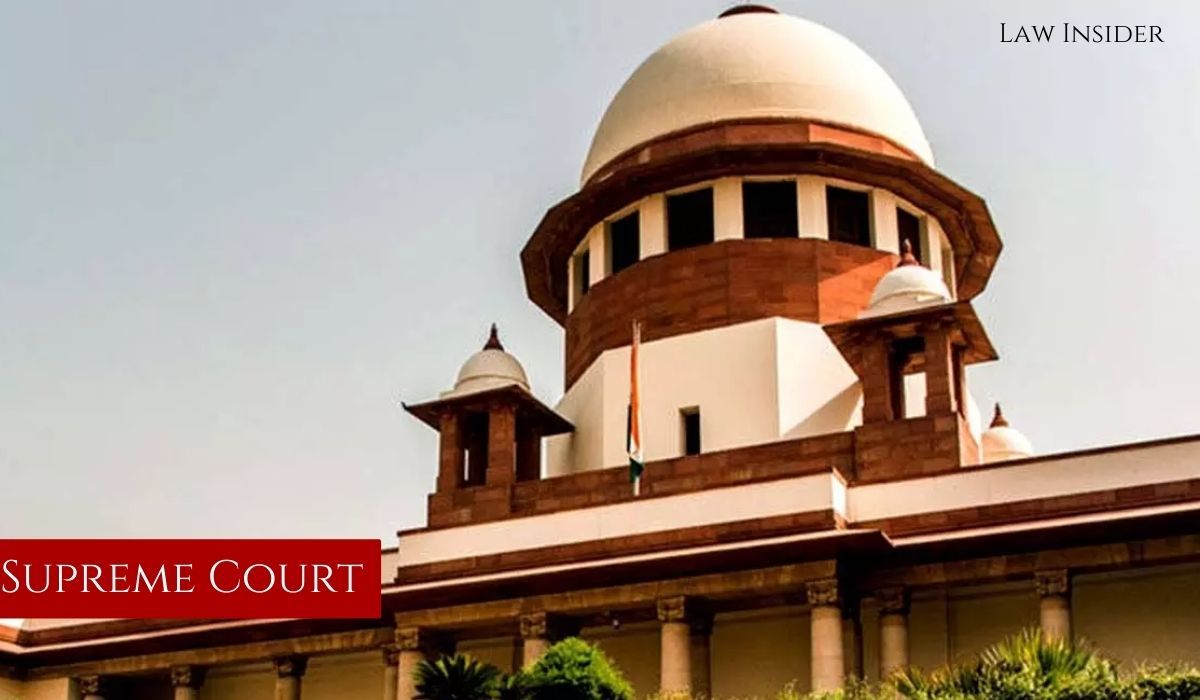Priya Gour
Published on: 25th August, 2022 at 20:08 IST
The Supreme Court bench of Justices DY Chandrachud and AS Bopanna has said that the courts and tribunals should avoid uploading scanned printed versions of judgments on their websites.
“Courts and tribunals must also ensure that the version of the judgments and orders uploaded is accessible and signed using digital signatures.”
The copies of the judgment that are uploaded by the Judicial Institutions should be accessible and signed using digital signatures. The printing and scanning of documents is time-consuming and has no utility.
“The practice should be eradicated from the litigation process as it tends to make documents as well as the process inaccessible for an entire gamut of citizens.”
An appeal was filed against a 2020 Himachal Pradesh High Court judgment, upholding a 2019 order of the Central Government Industrial Tribunal (CGIT) . In the case, the CGIT had made changes in the disciplinary action against the respondent from dismissal to compulsory retirement. And a notice was issued in 2021, because of the serious misconduct involvement as per the order.
But the Apex court ordered no action to be taken till the final disposal of the appeal. The court found that the judgement was written in an incomprehensible language, and hampers access of justice to citizens while understanding the same. The matter was sent back to the High Court to be considered afresh.
“If the meaning of the written word is lost in language, the ability of the adjudicator to retain the trust of the reader is severely eroded … The High Court must appreciate the delay and expense occasioned as a consequence and must make an effort to record reasons.”
“Untrained in the law, the litigant is confronted with language which is not heard, written, or spoken in a contemporary language.”
The court said that, “the purpose of judicial writing is not to confuse or confound the reader behind the complex language and so the judge must write to provide an “easy-to-understand analysis of the issues of law and fact which arise for decision.”
The judgements are precedents for other benches and hence must be clear in language.
“How good or deficient they are in that quest is tested by the quality of the reasons as much as by the manner in which the judicial process is structured.”
Suggestions by the Court for Judgment Writing
- A judgment should end in a conclusion, where the content of the former represents the basis for the latter.
“They provide an insight into judicial analysis, explaining to the reader why what is written has been written.”
- Brevity in judgments, decides complex questions of law and of facts.
“It is also becoming a victim of the cut copy-paste convenience afforded by software developers.”
- Coherent formatting, structuring and referencing.
- Individual judges can indeed have different ways of writing judgments.
Thereby, ending with its suggestions with regards to judgement writing, the bench asked that judicial institutions ensure accessible judgements.

